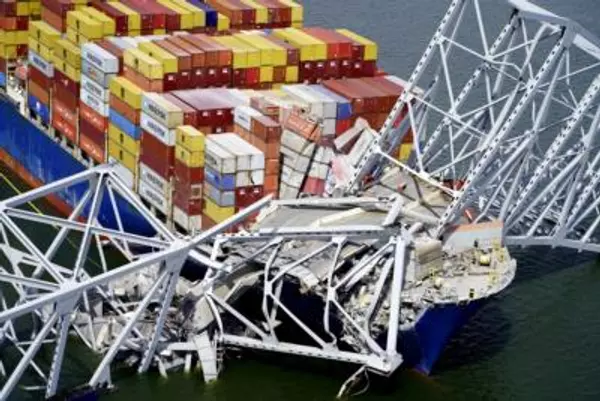
Cool, cool. This patter is enough to fan the cultish flames of the laser-eyed crowd and attract junk-bond investors when times are good, liquidity is plentiful and interest rates are at rock bottom. But with surging commodity prices, supply-chain risks and a war in Europe painting a stagflationary outlook for the world at large, that burning smell is not from the fire of truth so much as speculative valuations going up in smoke.
Bitcoin’s 50% slide over the past six months highlights its flaws in times of stress: It’s an energy vacuum at a time when power prices are surging and offers no dividend against a backdrop of rising interest rates across the world as central banks act against inflation. It has also begun to attract increased regulatory scrutiny. That’s on top of big scalability issues that have hindered its adoption in payments, not all of which are solved by, say, the Lightning Network on display in El Salvador. Its pseudonymity may be appreciated by cybercriminals, but people today prefer hard cash.
The promise of Bitcoin as an inflation hedge is unravelling too, as the electricity that feeds it grows more expensive. Power accounts for roughly half of the overhead expenses of mining firms that funnel ever-expanding computing resources into Bitcoin. While the token’s price is still around double a lot of these firms’ breakeven rate, they have bills to pay and capital expenditure to finance—which means selling Bitcoin for dollars.
Miners also have to plan for alternatives to hotspots like Texas, an American state where crypto mining is expected to require more power than Houston—the fourth most-populous city in the US— by mid-2023. Sustainability was a top reason cited in the Wikimedia community’s successful proposal to stop accepting crypto donations.
As energy needs increase, so does the level of demand required to keep Bitcoin’s price afloat. William Quinn, co-author of Boom And Bust: A Global History of Financial Bubbles, has estimated that the Bitcoin network burns through $32.9 million per day in energy costs, based on February data. It’s probably even higher now. That’s a fairly sizeable hole for new punters to fill.
Yet, all the Saylors of the world won’t persuade consumers to make ever-bigger bets if their own liabilities are piling up. In a world of pricier necessities, where even a Netflix subscription is becoming a luxury, it’s easy to see why the risk-fuelled day traders of Coinbase Global or Robinhood Markets are fading from view.
When cash is king, Bitcoin ends up looking more like a leveraged gamble than digital gold. Even MicroStrategy is feeling the heat of impairment charges as Bitcoin bounces near the company’s average purchase price of $30,700.
What happens next? Crypto promoters acknowledge more short-term pain to come but also promise that great things will follow for folks who Hold On For Dear Life. The boosters of early adoption compare the nascent crypto universe to the first days of the internet.
Now, it is certainly true that whether it’s boomer hedge-fund managers having a swell time trading volatile tokens, or emerging markets with weak governance adopting crypto as a path to fintech riches, crypto is increasingly part of society’s speculative furniture.
A 50% drawdown to around $30,000 is just a flesh wound for long-term fans of Bitcoin, which has gone through several boom-and-bust cycles since its inaugural white paper in 2008.
However, the tech-adoption narrative requires the ability to differentiate between crypto’s Googles and Pets.coms, and to determine whether Bitcoin is itself vulnerable to disruption by public or private-sector rivals. It also presumes El Salvador’s patchy and glitchy rollout will become an example that other nations want to emulate.
And what should really worry fans is the selling pressure hitting stablecoins—like Tether and Terra—which are managed algorithmically or with currency reserves to avoid wild fluctuations in price. If even they’re being dumped for cash, that’s less fuel for the broader crypto market.
Maybe one day the “fire of truth" will prove the likes of Saylor right. But for the time being, Bitcoin looks like an excellent way to burn one’s purchasing power while burning the planet.
Lionel Laurent is a Bloomberg Opinion columnist covering digital currencies, the European Union and France







